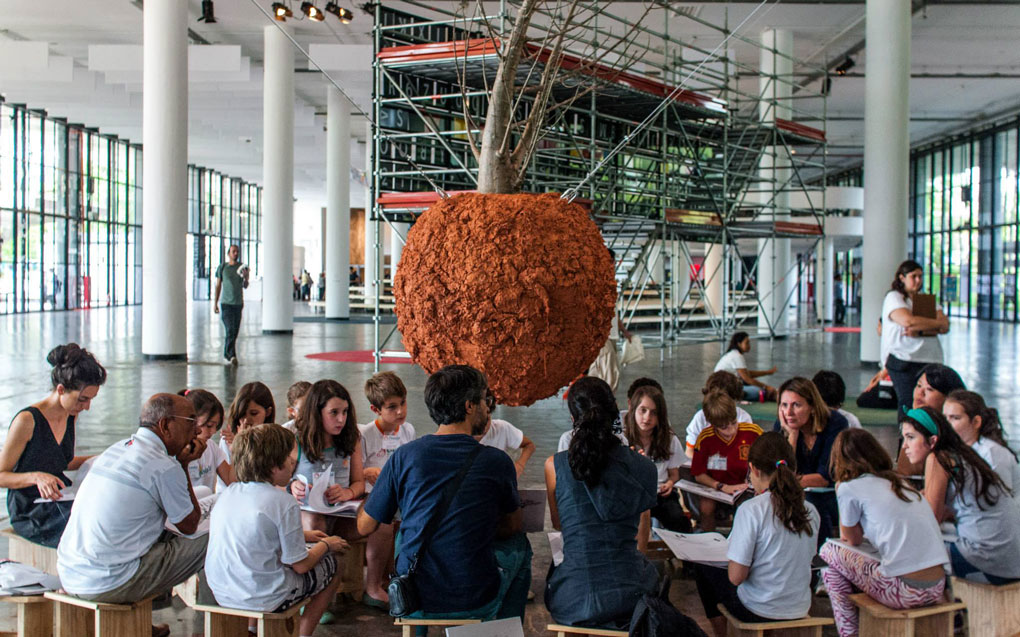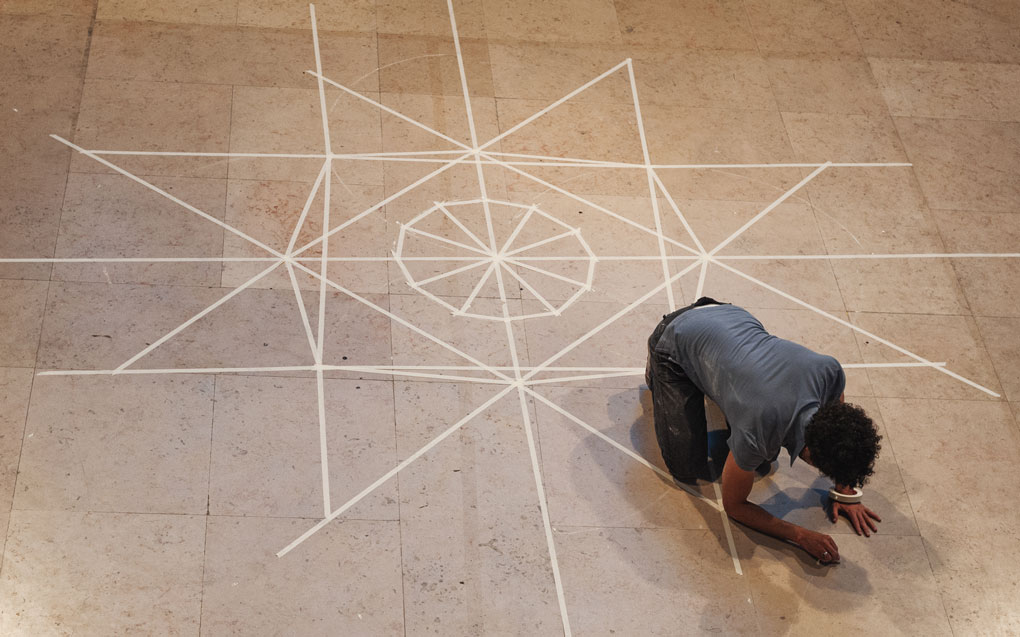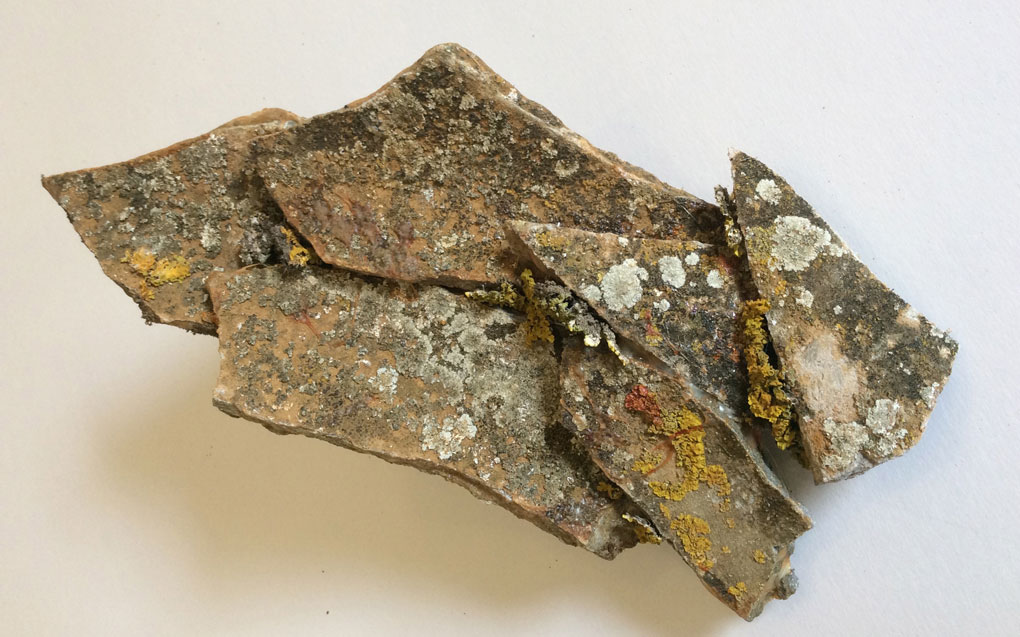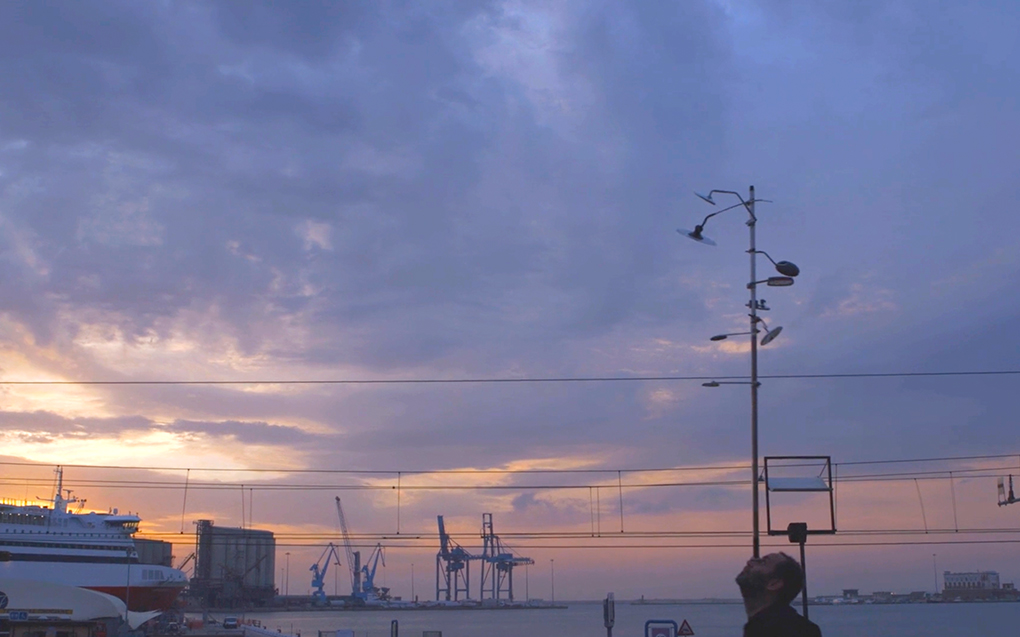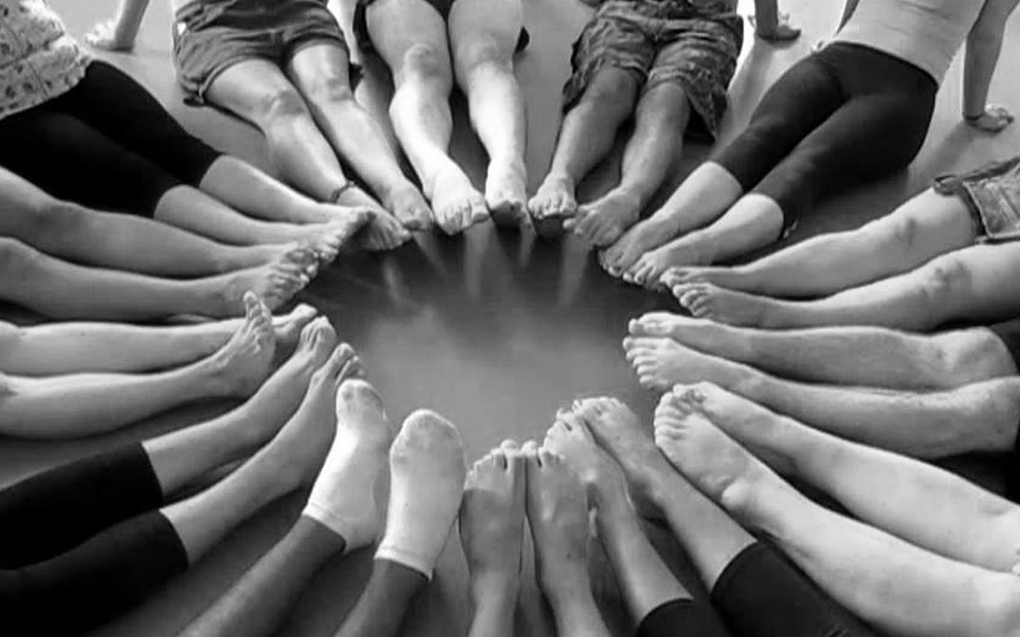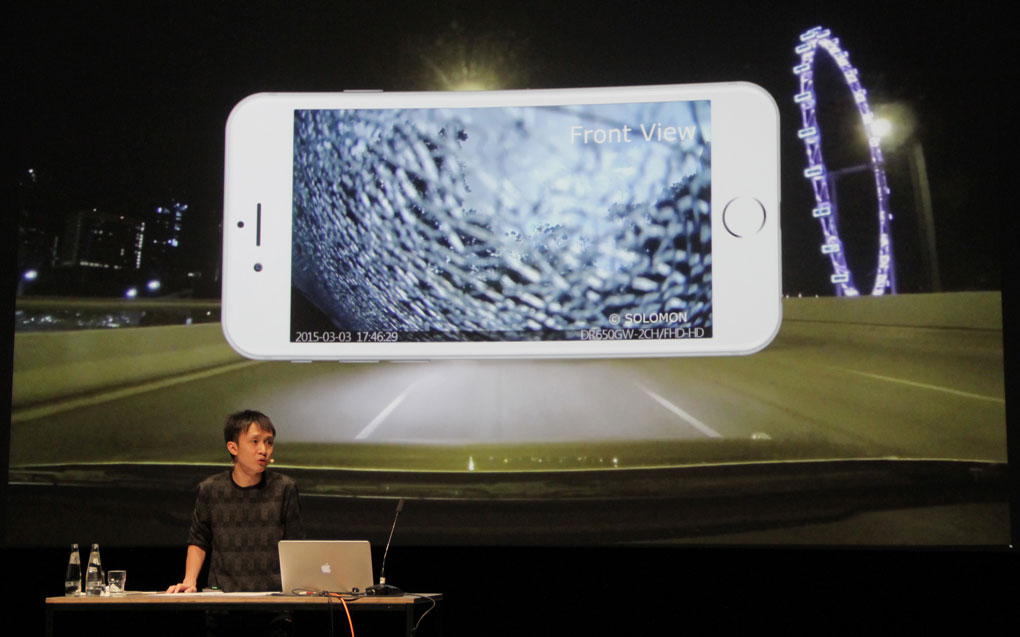Fruit of Sleep
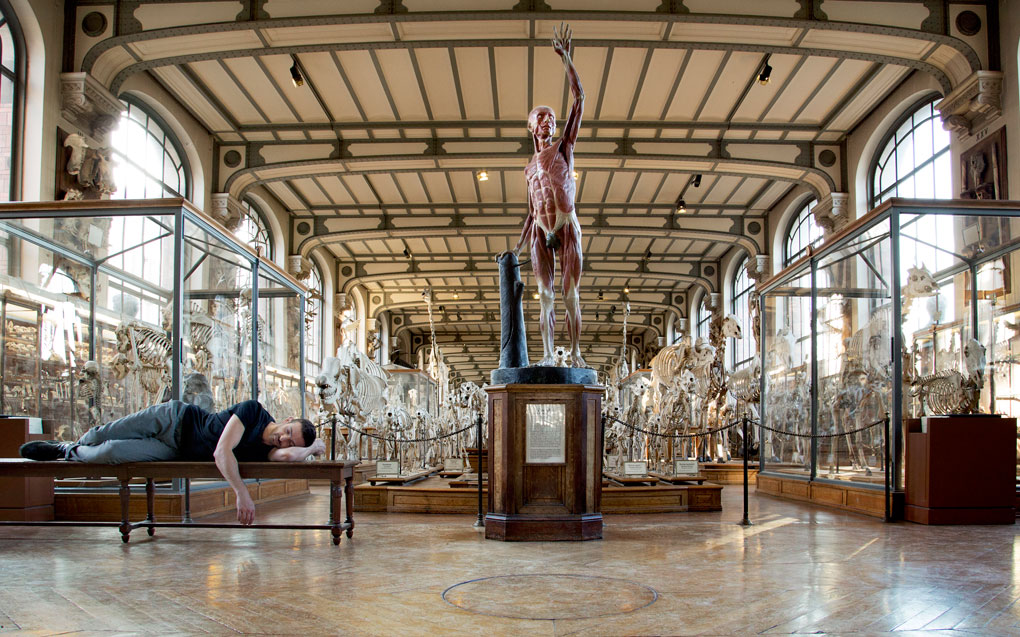
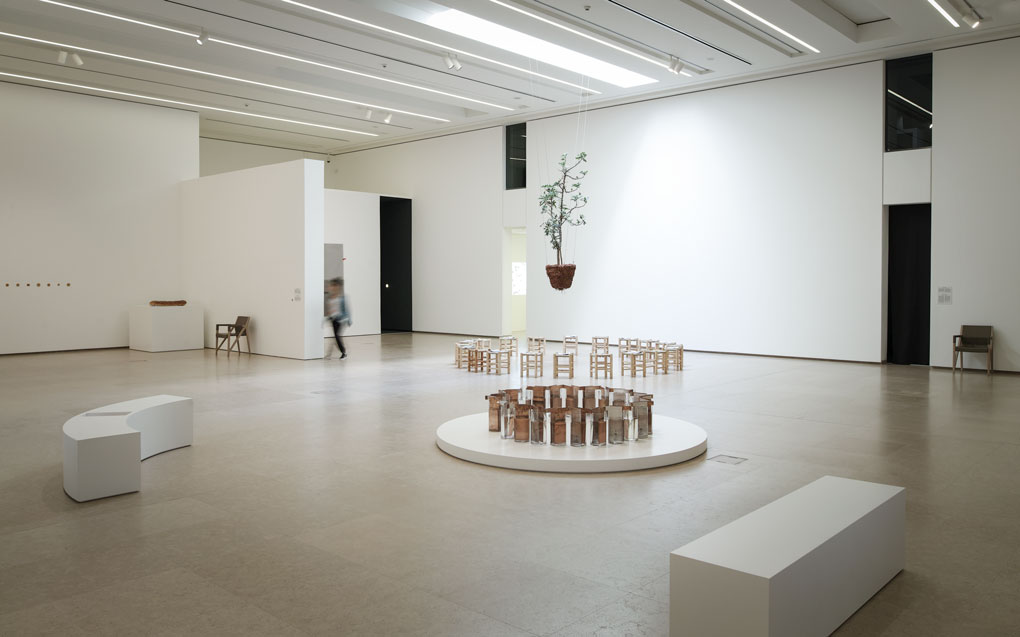
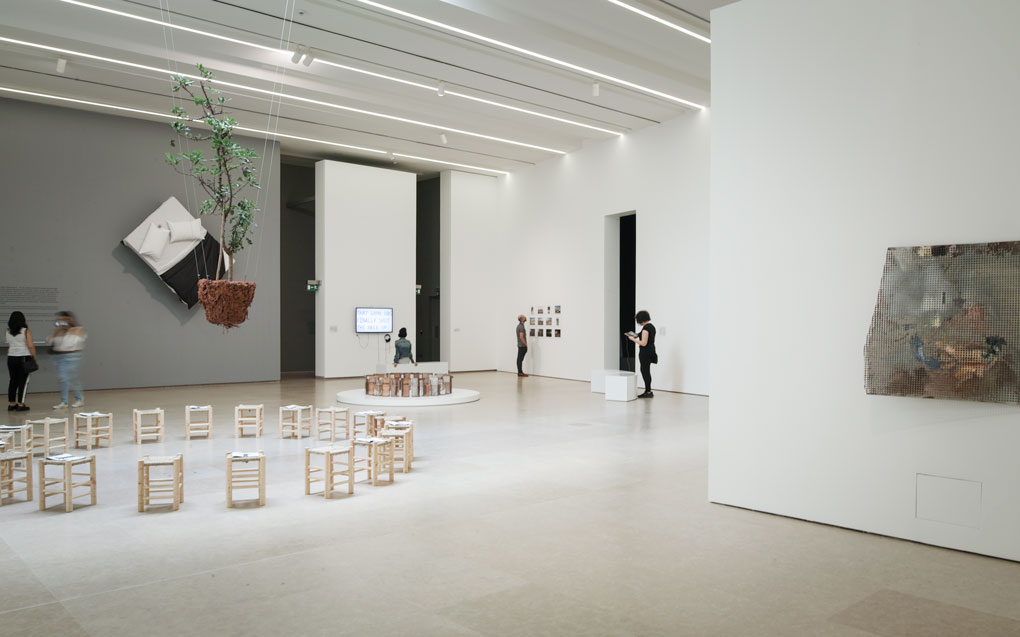
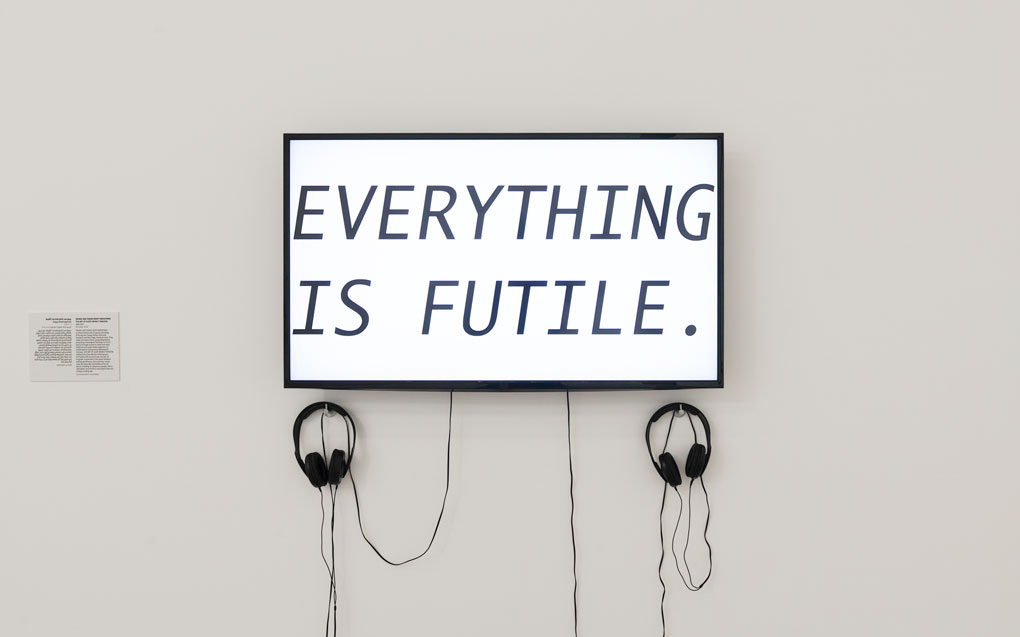
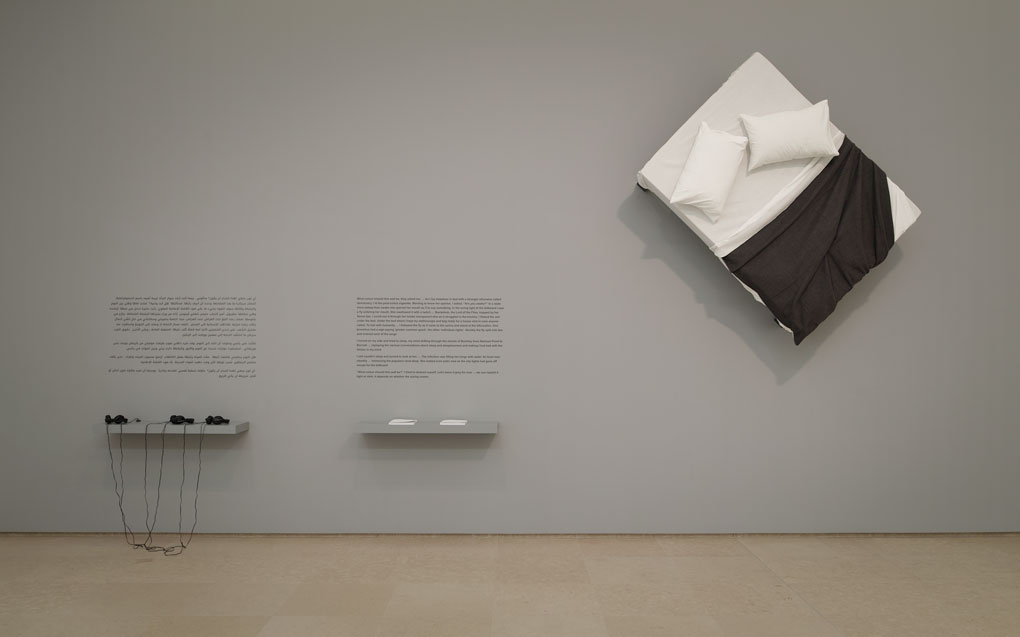
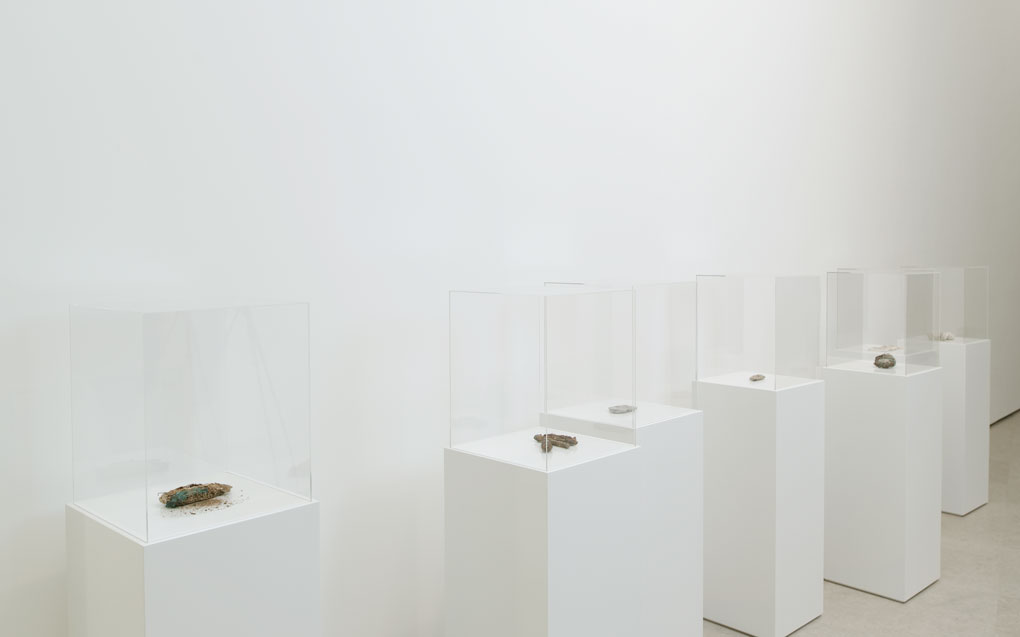
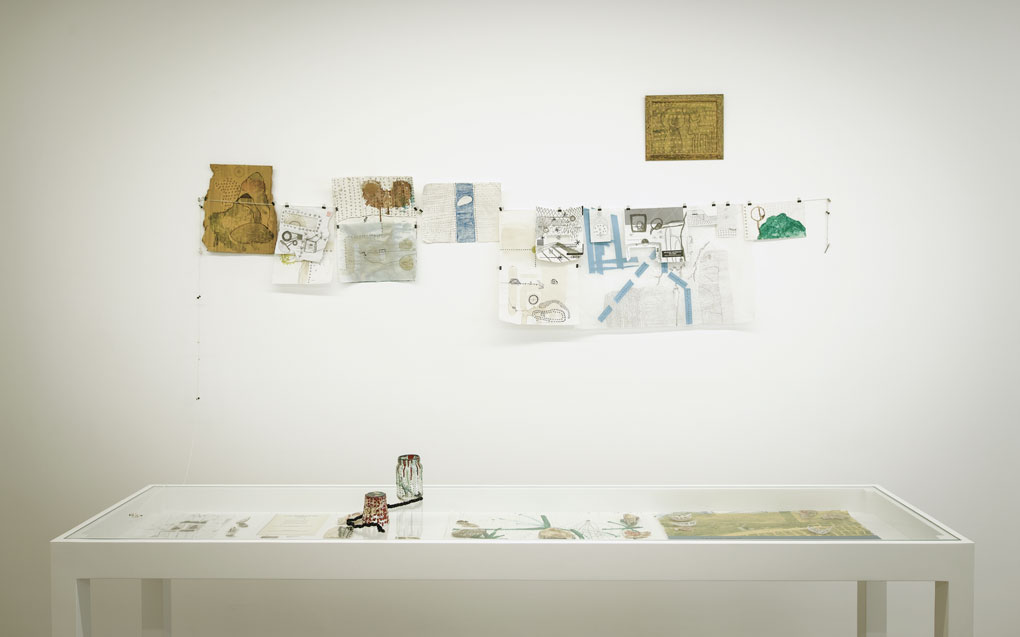
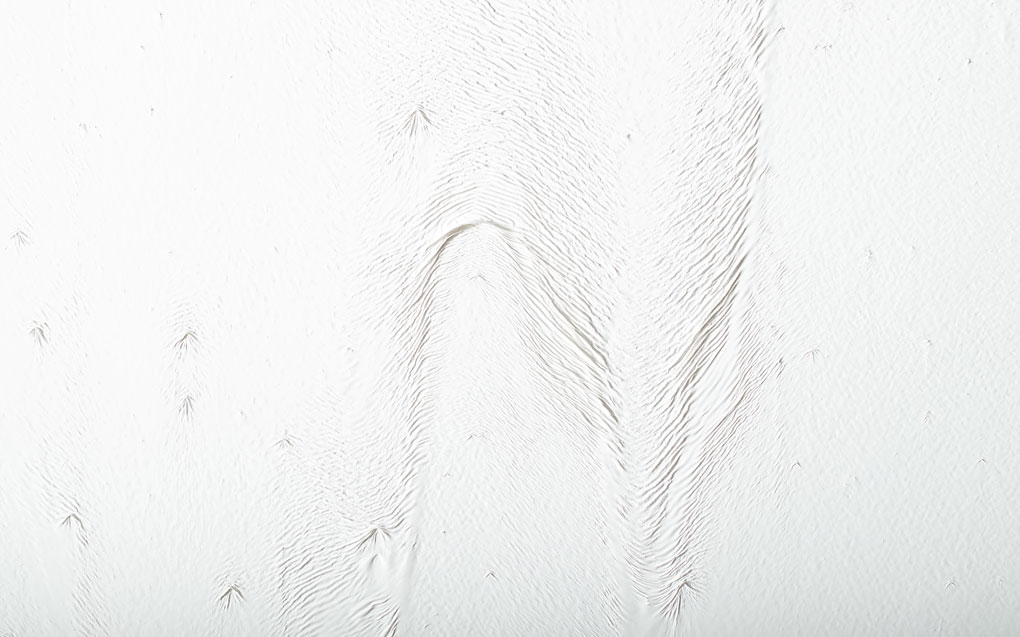
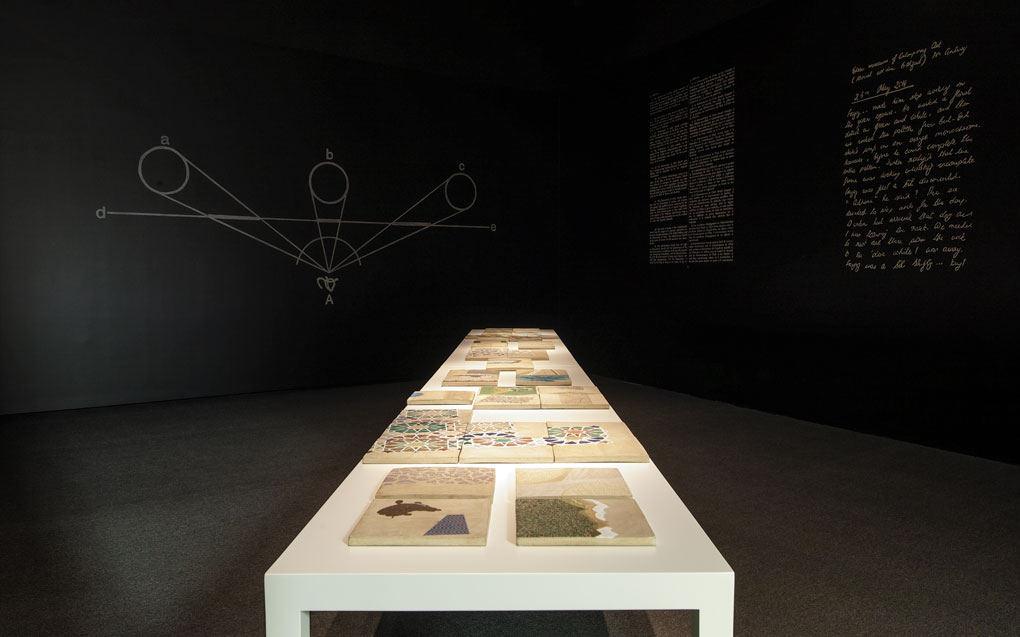
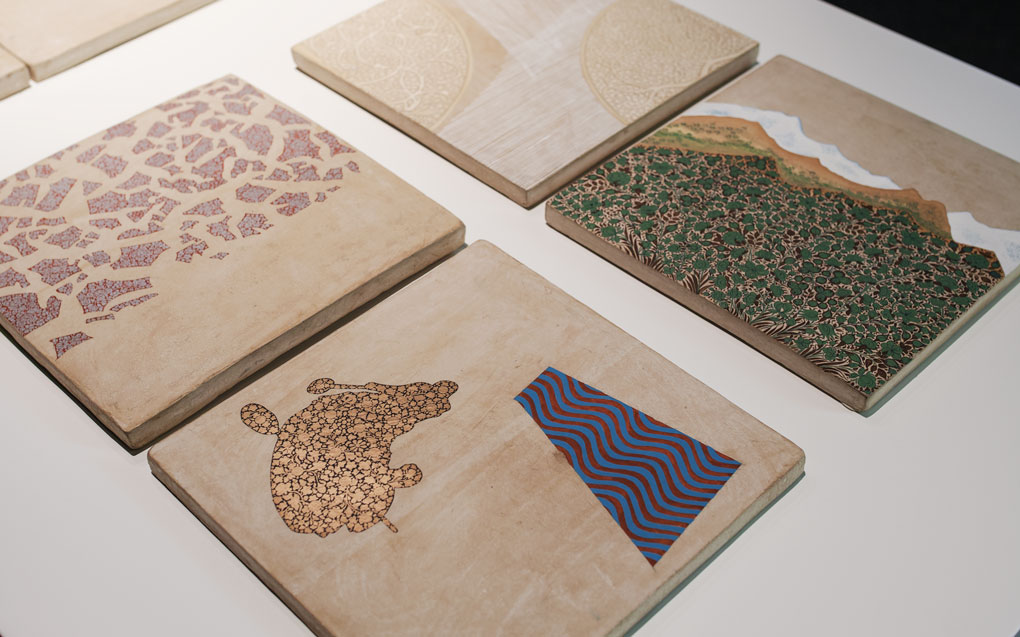
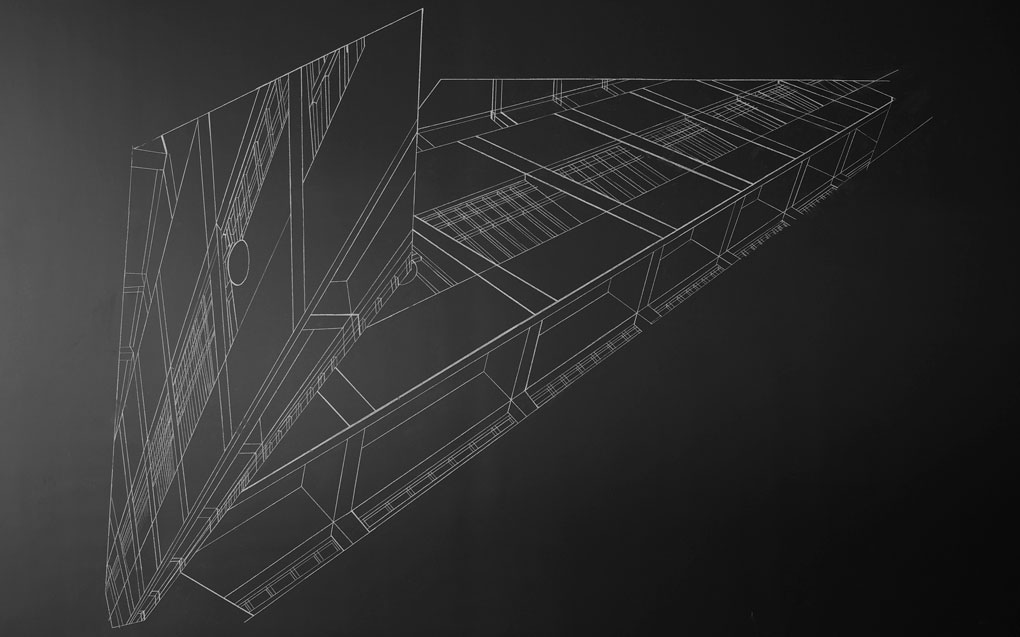
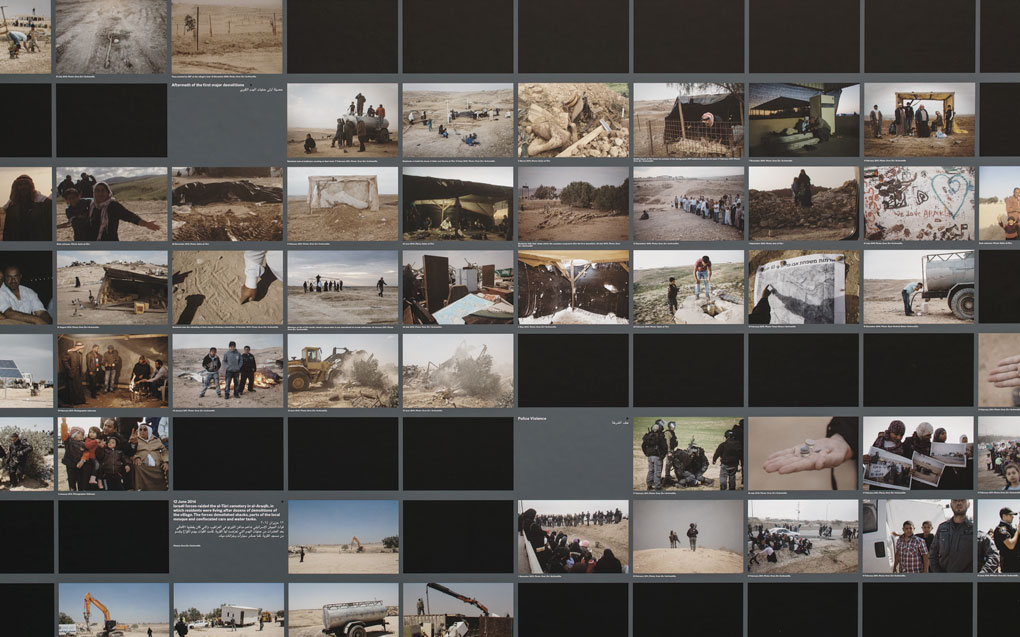
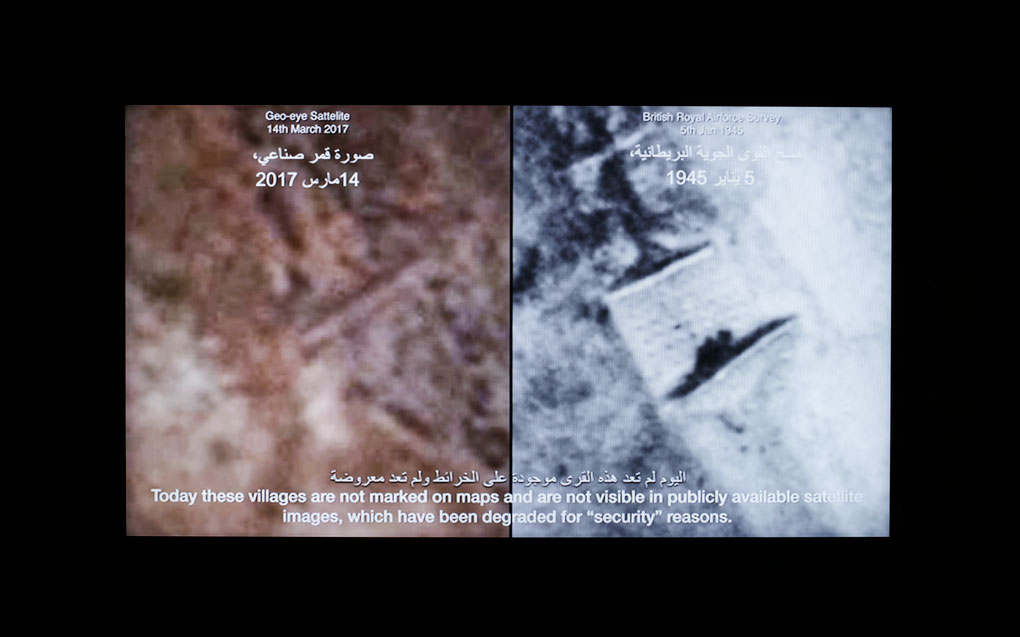
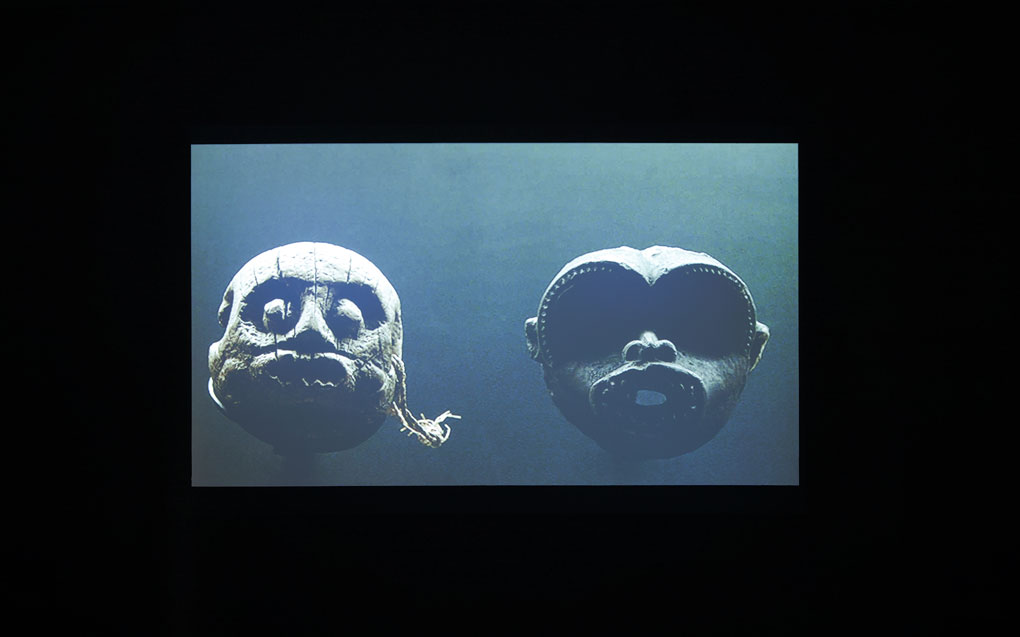
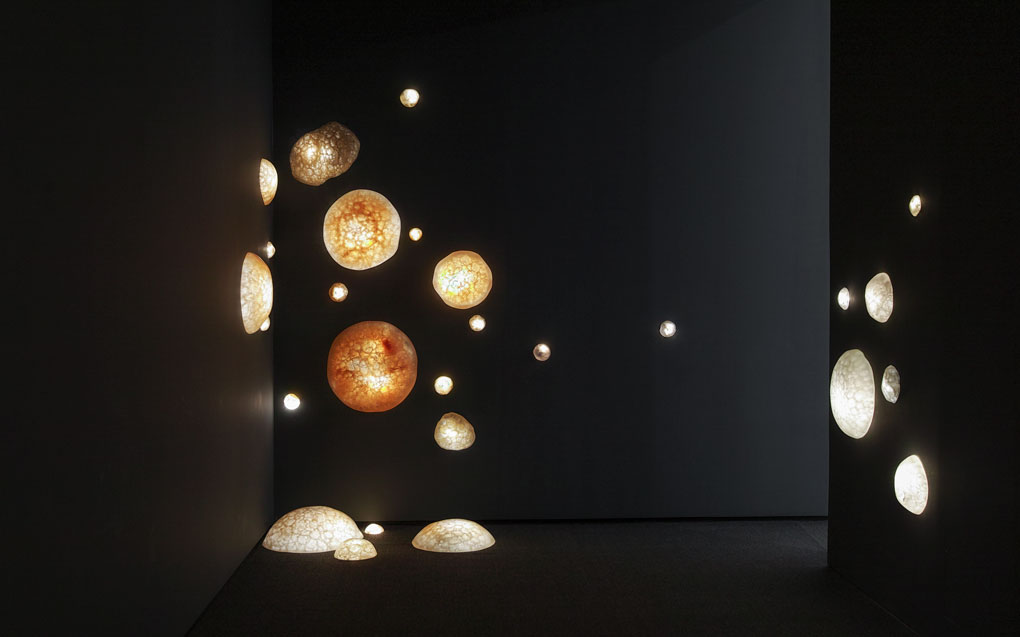
To sleep is a necessity. The world of dreams – the realm of the subconscious – actively seeks answers in what is otherwise subliminally known. Thoughts roam free, untied and unrestrained within sleep’s own logic and visual landscape. Imagination, the subconscious and intuition are the guiding principles that draw a navigational path in an untethered visual language.
In The Book of Sleep, Haitham Al Wardany considers the necessity of sleep in achieving a true awakening. He references the sleeper as a doer and a thinker, conflating sleep with the act of planning revolutions. Sleep is neither of the singular or collective mind, but of the social body carefully plotting change and action in the face of desolation and failed attempts.
What are the aesthetic methodologies that can take shape out of our collective state of falling in and out of sleep? Could artistic practice take flight from poesies and the contemplative into something socially effective?
The Sharjah Biennale 13 Tamawuj, explores and provokes questions around the constructed and intuitive ways of being in our environment, surroundings and community. In BAHAR, the off-site project of SB13 in Istanbul, curator Zeynep Öz focused on the keyword “crops” and used the notion of seed dormancy to reflect upon the different states of sleep, temporary arrest and periods of waiting, whether psychological, social or cultural.
This exhibition picks up on the thread of dormancy, looking at states from sleep to digestion, and our embodied experience in the shifting vocabulary of art practices that beckon for more. We see artists delve into the imaginative to harness the aesthetic, responding through their practice to urgencies and needs of the social.
This exhibition is part of Act II, the final program of Tamawuj, Sharjah Biennial 13 (SB13). Act II takes place from 16-22 October 2017 in parallel to the SB13 Beirut off-site project around the keyword “culinary,” conceived by Ashkal Alwan.
Curated by Christine Tohme, Sharjah Biennial 13 has been unfolding in five parts from October 2016 to October 2017. The biennial encompasses exhibitions and a public program in two acts in Sharjah and Beirut; a year-long educational program in Sharjah; off-site projects in Dakar, Ramallah, Istanbul, and Beirut; and an online publishing platform tamawuj.org
Participating artists are Tamara Barrage, Ali Cherri, Khalil El Ghrib, Haitham Ennasr, Rami Farook, Claire Fontaine, Forensic Architecture, Sandi Hilal and Alessandro Petti, Emily Jacir, Tushar Joag, Dina Khouri, Los Carpinteros, Sigil, SUPERFLEX, Praneet Soi, and Young-Hae Chang Heavy Industries.
Reem Fadda is an independent curator, based between Amman and Ramallah. From 2010-2016, Fadda worked at the Guggenheim Museum as Associate Curator, Middle Eastern Art, Abu Dhabi Project. From 2005 to 2007, Fadda was Director of the Palestinian Association for Contemporary Art (PACA) and worked as Academic Director for the International Academy of Art Palestine, which she helped found in 2006. Recent exhibitions include Jerusalem Lives (Tahya Al Quds) at The Palestinian Museum, Birzeit (2017); Not New Now, 6th Marrakech Biennale (2016); and the United Arab Emirates National Pavilion, 55th Venice Biennale (2012). Fadda was awarded the 8th Walter Hopps Award for Curatorial Achievement in 2017.
Christine Tohme is the founding director of Ashkal Alwan, the Lebanese Association for Plastic Arts, established in 1993. Ashkal Alwan is a non-profit organization supporting artistic practice, through various initiatives including Home Works: A Forum of Cultural Practices initiated by Tohme in 2001; and Home Workspace Program, a tuition-free study program initiated in 2011. Tohme is the recipient of Prince Claus Award in 2006 and the 2015 CCS Bard Audrey Irmas Award for Curatorial Excellence. She is on the boards of Marsa, in Beirut, a health centre providing specialized medical services for at-risk youth and marginalized communities and SAHA, in Istanbul, an association supporting contemporary art from Turkey.

